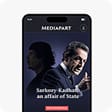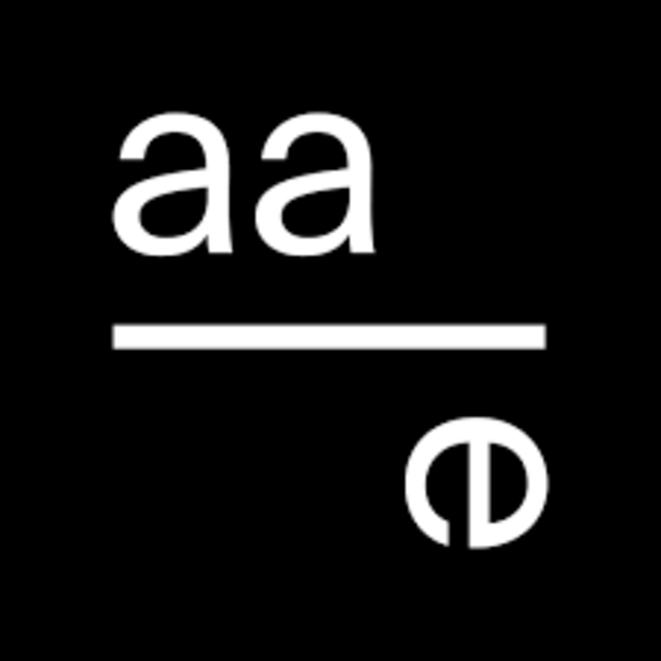
Agrandissement : Illustration 1

Roma Bantik, The artist, who was born in a city that produces atomic bombs, is showing works made of remelted military equipment at the Stop Wars exhibition.
Your native city of Lesnoy in the Sverdlovsk region, built in the 1940s by Gulag prisoners, is still “forging a nuclear shield” for Russia. And your project is particularly relevant to the name of the exhibition Stop Wars. How did his idea come about?
Yes, I was born in the Urals, which has been associated with metallurgy and foundry forcenturies. During the Second World War, my Jewish great-grandmother was evacuated from theCrimea to the Urals to the city of Nizhnyaya Salda, where she was hired as a worker in ametallurgical foundry. My grandmother also worked in a factory. The line with factories is partof my family's history. And in the Urals, everywhere there is a lot of old technology, the detailsof which can be melted down.
Before you used brushes and paints in your works, but how do you define the genre of metal works that you create recently?
I still call my work painting - yes, I used to do non-objective painting, I just replaced the paintswith molten aluminum at some point. I first tried this technique of working with metal after thestart of the pandemic, which for many, including myself, was a chance to rethink what I do. So, Irealized that after working with paint there is a lot of waste - plastic cans, brushes that are notrecycled. Yes, and for their production uses a lot of resources. I thought about creating workswith the possibility of infinite processing - that is, I take an already existing object that has failedand create something new from it. I deprive it of a function - and if I don't like the result, I canalways melt it back into something else. It turns out a story about endless reincarnation, therebirth of a certain entity.
...Not to mention that it is an ecological approach...
... which I think is the new normal these days. This is how new metaphors, new meanings are born. In 2021, I created the first series of objects from broken equipment, and shortly before the start of the war, from a tank engine, which was brought to the plant shop in Pervouralsk, where I did my work. For the second series of my works, I melted down a ship's cannon this spring. Of course, such objects on metal are extremely rare - it was a rare luck. At some point, I realized that my work could easily be declared “discrediting the army” under the new law, and it would not be possible to arrange an exhibition of them in Russia. In May I left for France, taking my work with me.
How did you manage to get such heavy objects out of Russia?
I was able to take with me works with a total weight of 60 kg and did not take any clothes or personal belongings. I had to be creative and disguise the work as lamps, adding shades, wiresand light bulbs to the metal parts.
The artist is often an individualist. Agency of artists in exile is an association of artists. What is the point of such associations?
An artist is not necessarily someone with a brush and paints. It can be, for example, a person with a camera or a video camera. And Agency is just such a place where people who are forced to leave their homes meet each other. It's amazing how artists with completely different cultural backgrounds find something in common - people from Afghanistan, Syria, Ukraine and Russia can understand each other and themselves. They can understand how diverse the world is. And I am very glad that now I have the opportunity to show my work at the exhibition along with other artists, just like me, who are against the war.
You call your creative method visual poetry. Now, during the war, has something changed in you and your work? How did the months spent in France affect you?
War cannot be distanced. For myself, I unequivocally decided to embody what is happening in my works - time will pass, all wars will end, but I will leave behind a description of these events in the language of visual poetry. However, my pre-war and post-war metal works are approximately the same visually - I consider it important to maintain inner peace and harmony despite the chaos taking place around. The author, creating a work, necessarily puts his nature into it - including dark sides, resentments, prejudices. It is no coincidence that icon painters, before creating an icon, always prayed for a long time and went through repentance. It is very important to deal with yourself in order not to multiply the amount of darkness in art.
And how clear should the artist's language be?
The artist is the same person as others. With some people it is easy for us to establish contact, while with others it is much more difficult. An artist should not create a work thinking about being understood. He is repelled by his background and inner feeling. And already the viewer can, with the help of the artist, find answers to their own questions. The work is completed not by the artist, but by the viewer, standing in front of her. And it seems to me that the accompanying texts often even interfere with the perception of works. Art is poetic and often even the author himself finds it difficult to find words to “ground” it.
Is that why your work is signed with geolocations on Instagram?
I think that social networks are not only something totally new - if the artists of the past had social networks, they would use them just like we do today. For me, Instagram has always been more than just a means to promote my work or communicate information about my exhibitions. It's more of a standalone art project. My installation doesn't end with the anti-war layer - it continues with a digital link linked to an Instagram geotag. Such geotags became part and parcel of my work even before leaving Russia in May of this year. They were a way for me to travel internally, no matter where I really was.
Before the war, did you think of leaving your homeland?
No, absolutely. I have always had a desire to live in the Urals, but to show my work around the world. Tell me about the place where my family lived for several generations.
Do you feel yourself an immigrant?
Probably not. After all, it is one thing to be born in Moscow and leave it when you were left with no other choice. And another thing is to be born, like me, in a small town, always understand that you will leave it, and eventually get used to constant movements.
What needs to happen for you to come home?
The war in Ukraine must end. And the values of those people who are in power in Russia will change.
Website of festival Visions d'exil 2022.
Website of l'atelier des artistes en exil



